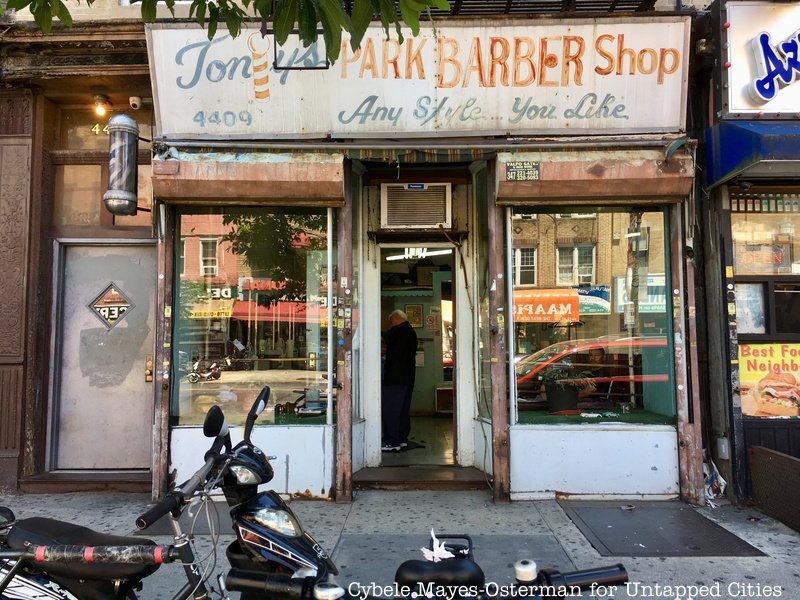
Barbershops have long been an essential part of the social landscape in NYC. They serve not only as places for grooming and individual care but also as social hubs where people convene to share stories, talk about current events, and forge relationships. The role of barbershops in shaping the social fabric of the city is important, as they reflect the diverse cultures and backgrounds of the neighborhoods they serve. This article examines how barbershops add to community identity, social interaction, and cultural exchange in NYC.
One of the most important functions of barbershops is their ability to foster a sense of community. In many neighborhoods, barbershops are among the limited places where people from different backgrounds come together. Customers often engage in conversations with barbers and fellow patrons, creating a welcoming atmosphere. This social interaction helps to dismantle barriers and create connections among residents. For many, visiting the barbershop is not just about getting a haircut; it is a chance to reconnect with friends and neighbors, disseminate news, and feel a sense of belonging.
Barbershops also play a vital role in maintaining and promoting cultural identity. Many barbershops in NYC are owned and operated by people from specific cultural backgrounds, which influences the services they offer and the environment they create. For example, African American barbershops often serve as secure spaces where issues affecting the Black community can be addressed openly. Similarly, Latino barbershops may celebrate Hispanic culture through music, art, and community events. These establishments help to maintain cultural traditions and provide a venue for cultural expression, making them significant landmarks in their neighborhoods.
In addition to cultural preservation, barbershops are often at the leading edge of social change. They can serve as locations for activism and community organizing. Many barbershops have held events that address social issues, such as health awareness campaigns, voter registration drives, and discussions on police relations. Barbers often use their influence to educate their clients about relevant topics, motivating them to engage with their communities and advocate for change. This unique position allows barbershops to play a role in the broader social dialogue in New York City.
Furthermore, barbershops are a reflection of the city's ever-evolving demographics. As New York City continues to grow and change, so do its barbershops. New styles, trends, and techniques are continuously being brought forth, shaped by the diverse populations that inhabit the city. This evolution not only keeps the barbershop experience fresh and relevant but also highlights the importance of flexibility in a multicultural environment. Barbershops often serve as a small-scale representation of the city itself, showcasing the blending of different cultures and ideas.
In conclusion, barbershops in NYC are much more than locations to get a haircut. They are vital community spaces that encourage social interaction, preserve cultural identity, and promote social change. By serving as meeting places for people from diverse backgrounds, barbershops contribute significantly to the social fabric of the city. Their impact extends beyond grooming, making them crucial to understanding the culture look at this site and community dynamics of NYC.